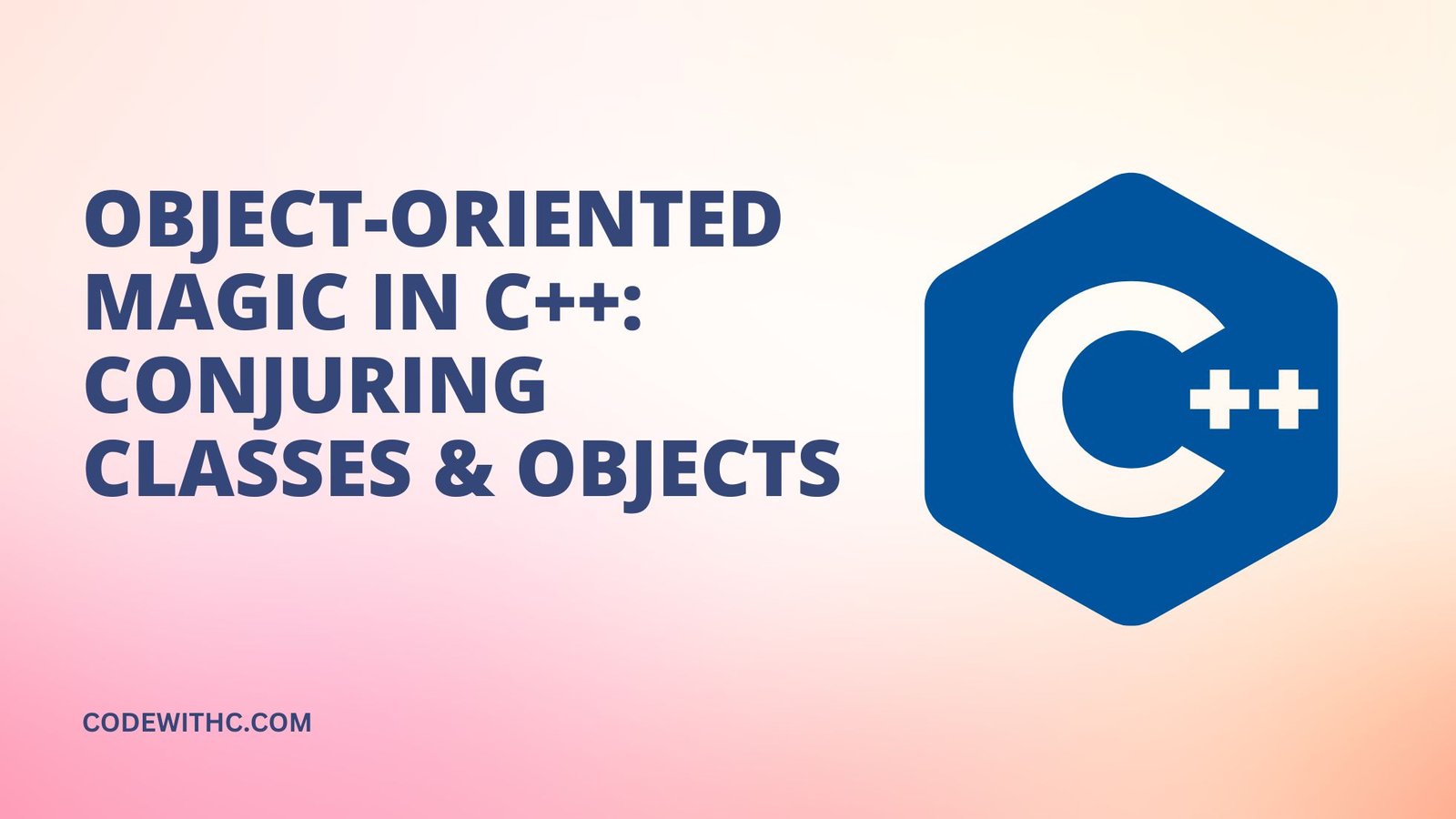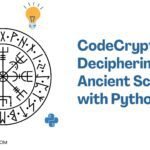Hey, tech trailblazers! ? Ever been fascinated by magic tricks? The way magicians conjure illusions and make the impossible seem real? In C++, object-oriented programming (OOP) is a bit like that – Conjuring Code classes, crafting objects, and weaving them into a mesmerizing code show. Ready to pull some code rabbits out of the hat?
The Spellbook: What is Object-Oriented Programming?
OOP is a programming paradigm that’s all about organizing code like you would organize the real world: into objects and classes. Imagine you’re a wizard crafting magic potions. Each potion (object) would have specific ingredients (attributes) and effects (methods). Some potions might be similar, like healing potions and mana potions, and they’d belong to the same category (class) of magical brews.
The Elements: Classes and Objects
In the alchemy of OOP, classes are the blueprints, and objects are the individual instances made from those blueprints. A class is like a recipe for a magic potion, detailing what ingredients you need and how to mix them. An object is the actual potion you brew from that recipe, ready to be used or modified.
The Incantations: Methods and Encapsulation
Methods are the spells you cast with your objects. Need to heal? Cast a ‘heal()’ method on a health potion object. In OOP, these methods are bundled with the data they operate on, a concept known as encapsulation. It’s like having a magic wand that only works if you know the secret words—keeps the muggles away!
The Sacred Scrolls: Inheritance and Polymorphism
Inheritance allows you to create new classes based on existing ones, just like a wizard might inherit spells from their master. Polymorphism is like having a shape-shifting potion: the same potion (or object) can take on different forms depending on how you use it. These concepts make it easier to write flexible and modular code, allowing your program to evolve like a spellbook accumulating new spells.
The Arcane Rituals: Constructors and Destructors
In the world of C++ OOP – Conjuring Code, constructors are the incantations you chant to bring an object to life, and destructors are the rituals to safely dispose of them once their purpose is served. Managing the lifecycle of an object is as crucial as knowing when to summon a familiar or banish a demon.
The Forbidden Arts: Access Modifiers
Public, private, and protected are the access modifiers that dictate what can or can’t be accessed outside the class. Think of these as the wards or protective circles around your magical artifacts, ensuring that only those with the right permissions can use them.
Classes in C++: The Magic Blueprints – Conjuring Code
Classes are like the secret blueprints magicians use. They define the structure, but the real magic happens when they come to life!
Crafting Your First Class: The Magician’s Hat
Let’s craft a simple class, akin to a magician’s hat, ready to conjure some surprises!
class Hat {
private:
string color;
public:
Hat(string c) : color(c) {}
void showColor() {
cout << "The hat's color is " << color << "." << endl;
}
};
Code Explanation: We’ve crafted a class named Hat with a private attribute color and a public method to showcase its color. It’s our basic magician’s hat, ready for some conjuring!
Objects: The Magic Manifested
Objects breathe life into classes. They’re like the rabbits, doves, and cards that magicians conjure during their acts.
Conjuring Code an Object: The Rabbit Appears!
With our magician’s hat ready, let’s pull a rabbit out of it!
Hat blueHat("blue");
blueHat.showColor();
Expected Output:
The hat's color is blue.
Encapsulation: The Magic Barrier
In magic, it’s crucial to keep the secrets hidden. In OOP, encapsulation does just that – shielding the inner workings and exposing only what’s necessary.
Keeping the Secrets Safe
Our Hat class already showcases encapsulation. The color attribute is private, ensuring that the magician’s secrets remain a mystery to the audience.
Alright, code illusionists, that’s our magical tour of object-oriented programming in C++ Conjuring Code! With classes as blueprints and objects as manifestations, you’re all set to craft your own mesmerizing code shows. And here’s a tidbit for your next tech trivia night – did you know C++ introduced the concept of classes, bringing the magic of OOP to the C language?
In closing, remember that in the world of coding, object-oriented programming is your wand, classes are your spells, and objects are your magical creations. Keep conjuring, stay enchanted, and until next time, may your code always spellbind! ??







